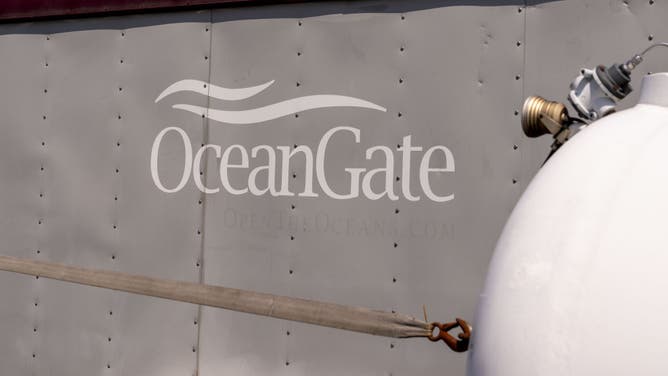James Cameron, Director Of The 'Titanic' Movie, Slams Imploded Sub’s Design, Drawn-Out Search
Very few people have been down to visit the wreckage of the Titanic and director James Cameron is one of them. He has also visited Challenger Deep, the deepest known point on Earth.
Considering his experience in using and even a background designing deep-water submersibles, Cameron believes there were some flaws in the Titan's design that led to its implosion. He also told the BBC that upon hearing the sub was missing — and that they had lost both communications and tracking systems — he knew what happened.
"I said instantly you can't lose comms and navigation together without an extreme catastrophic event; a high, highly energetic catastrophic event," he told the BBC. "And the first thing that popped to mind was an implosion."
The Titanic and Avatar director said that he reached out to contacts. Through them, he discovered that a loud bang was detected right around the time the sub was lost.
"I sent emails to everybody I know, I said, "We've lost some friends. The sub has imploded. It's on the bottom in pieces right now.'"

Director James Cameron was critical of OCeanGate which operated the Titan submersible. (Photographer: David Ryder/Bloomberg via Getty Images)
Cameron Was Skeptical Of OceanGate And It's Design
Cameron said that he had long been skeptical of the technology used in the sub and the company that operated it, OceanGate. He said members of the submarine community wrote a letter urging them to get the Titan certified (which is not a requirement). They never did.
"I was very suspect of the technology that they were using. I wouldn't have gotten in that sub," Cameron said.
He elaborated in an interview with Daily Mail and criticized OceanGate's operations.
"I wish I had been more vocal about that. But I think I was unaware that they weren't certified. Because I wasn't really studying it. I wasn't really interested," he said. "(OceanGate CEO) Stockton Rush asked me if I wanted to go out there and dive this season."
Cameron was especially critical of the use of composite materials in the sub's hull. He said that even if the sub passed pressure tests, it still had the risk of imploding on later dives.
"I never believed in that technology of wound carbon fiber, you know, wound filament; cylindrical hull," he said.
Cameron was also critical of the drawn-out search and rescue efforts despite immediate evidence pointing to implosion.
"So this entire week has just felt like a prolonged and nightmarish charade," he said. "Where people are running around talking about banging noises and talking about oxygen and all this other stuff in there. The Coast Guard is out with airplanes. I knew that sub was sitting exactly underneath its last known depth and position. That's exactly where they found it."
Follow on Twitter: @Matt_Reigle